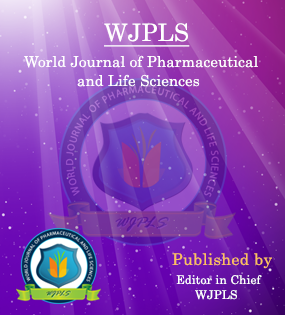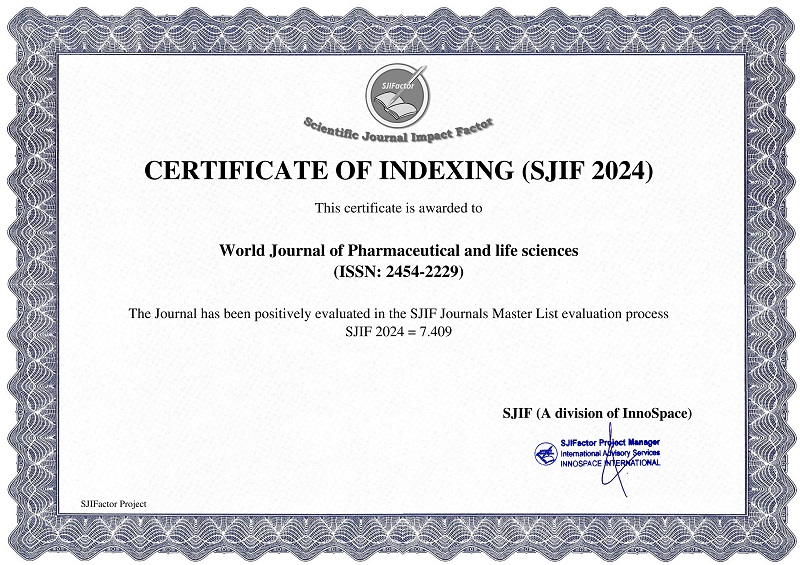Abstract
COVID-19 & CO-MORBIDITY: DEMONIC FORCES THAT SUPRESS THE CIVILIZATION
*Kushal Nandi, Sandip Sarkar, Pritam Bakshi, Arunava Chandra Chandra, Amrita Chakraborty, Suprodip Mondal, Arpita Biswas, Dr. Khokan Bera, Dr. Dhrubo Jyoti Sen and Dr. Dhananjoy Saha
ABSTRACT
Comorbidity is the presence of one or more additional conditions often co-occurring (that is, concomitant or concurrent) with a primary condition. Comorbidity describes the effect of all other conditions an individual patient might have other than the primary condition of interest, and can be physiological or psychological. In the context of mental health, comorbidity often refers to disorders that are often coexistent with each other, such as depression and anxiety disorders. Comorbidity can indicate either a condition existing simultaneously, but independently with another condition or a related derivative medical condition. The latter sense of the term causes some overlap with the concept of complications. For example, in longstanding diabetes mellitus, the extent to which coronary artery disease is an independent comorbidity versus a diabetic complication is not easy to measure, because both diseases are quite multivariate and there are likely aspects of both simultaneity and consequence. The same is true of intercurrent diseases in pregnancy. In other examples, the true independence or relation is not ascertainable because syndromes and associations are often identified long before pathogenetic commonalities are confirmed (and, in some examples, before they are even hypothesized). In psychiatric diagnoses it has been argued in part that this “use of imprecise language may lead to correspondingly imprecise thinking”, [and] this usage of the term 'comorbidity' should probably be avoided.” However, in many medical examples, such as comorbid diabetes mellitus and coronary artery disease, it makes little difference which word is used, as long as the medical complexity is duly recognized and addressed. Many tests attempt to standardize the "weight" or value of comorbid conditions, whether they are secondary or tertiary illnesses. Each test attempts to consolidate each individual comorbid condition into a single, predictive variable that measures mortality or other outcomes. Researchers have validated such tests because of their predictive value, but no one test is as yet recognized as a standard. The term "comorbid" has three definitions 1. to indicate a medical condition existing simultaneously but independently with another condition in a patient. 2. to indicate a medical condition in a patient that causes, is caused by, or is otherwise related to another condition in the same patient. 3. to indicate two or more medical conditions existing simultaneously regardless of their causal relationship.
[Full Text Article] [Download Certificate]WJPLS CITATION 
| All | Since 2020 | |
| Citation | 590 | 424 |
| h-index | 12 | 10 |
| i10-index | 17 | 14 |
INDEXING
NEWS & UPDATION
BEST ARTICLE AWARDS
World Journal of Pharmaceutical and life sciences is giving Best Article Award in every Issue for Best Article and Issue Certificate of Appreciation to the Authors to promote research activity of scholar.
Best Article of current issue
Download Article : Click here





